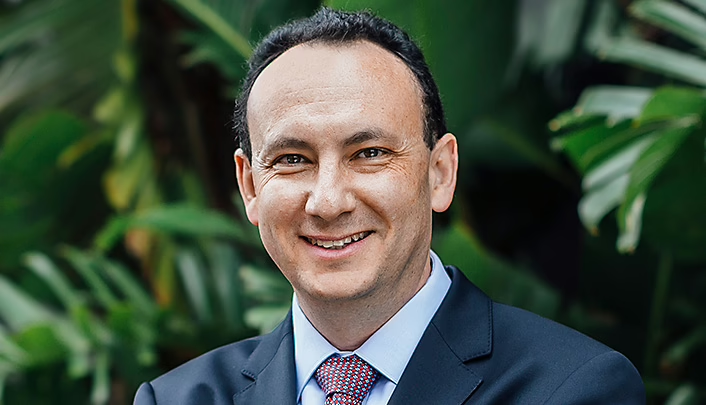Eyelid lesions and tumours
This surgery involves removing the lesion or tumour, followed by reconstruction of the eyelids using skin flaps and grafts to restore function and improve the cosmetic appearance as well. A local anaesthetic is generally adequate for this type of procedure.
A common lesion patients may seek surgical removal of is a chalazion. This is a benign lump in the eyelid caused by a blockage of the oil glands within the eyelid.
Surgery can also be offered for large skin cancers, however this may require a team approach with a plastic surgeon or dermatologist who specialises in skin cancer.
Drooping eyelids (ptosis)
Ptosis, or drooping of the eyelid, can be present at birth (congenital ptosis) or develop later in life (involutional ptosis). It may reduce your ability to see, sometimes even completely.
Surgery can help improve the appearance of the eye and restore vision. This usually involves shortening and strengthening the muscle responsible for opening the eyelid.
Adults can have the surgery performed under local anaesthetic. Surgery can be performed on children from the age of three or four years under general anaesthesia (please note that we do not currently offer this service for children).
Blocked tear ducts
Normally, tears drain away from the eye through the tear duct (also called nasolacrimal duct). If the duct is too narrow or becomes blocked (e.g. through swelling or inflammation), the tears buildup and eventually flow down onto the face.
Excessive tearing (also called epiphora) or watering can be corrected with surgery to bypass the obstruction. Procedures to open the tear drainage system include:
- Punctum dilation – a less invasive procedure that involves using a probe to gently widen the punctum (the tear duct opening in the inner corner of the eye)
- 3-snip punctoplasty – a surgical procedure that creates a larger opening in the punctum by making three small incisions
- Dacryocystorhinostomy – a procedure that involves surgically opening the tear drainage system directly into the nose, bypassing the blockage.
Blocked tear duct procedures are performed under a local or general anaesthetic and they not offered at all of our clinics. If you would like more information, you can reach out to your nearest clinic directly.
Eyelid lift (blepharoplasty)
Blepharoplasty, or eyelid lift, can be performed for medical and cosmetic reasons to treat hooded eyelids, baggy eyelids and drooping eyelids (ptosis). The procedure involves removing excess skin to lift the eyelids.
Blepharoplasty surgery can include the removal of skin, muscle and fat, as well as fat repositioning. The tissue that is removed or repositioned varies for each patient. Surgical incisions are concealed within the natural eyelid skin creases.
Patients can expect a detailed pre-surgical appointment with their surgeon to discuss their desired results from the surgery, and will undergo a comprehensive examination of their face and eyes. Blepharoplasty surgery is usually performed as a day surgery and most procedures are performed under a local anaesthetic (with or without sedation).
After blepharoplasty surgery, the eyes are padded to reduce any bruising or swelling, and antibiotic cream is usually prescribed to minimise the risk of infection. The surgeon will organise a follow-up appointment to monitor healing.
A Medicare rebate may apply if the surgery is for functional reasons. Cosmetic eyelid lifts do not attract a Medicare rebate.
Reconstructive eye surgery doctors
NSW
VIC
-

Dr Helen Garrott
MBBS(Hons) BMedSc FRANZCO
Locations
- Camberwell
Book a consultationwith Dr Helen GarrottResourcesThe information on this page is general in nature. All medical and surgical procedures have potential benefits and risks. Consult your ophthalmologist for specific medical advice.
Date last reviewed: 2025-05-06 | Date for next review: 2027-05-06




